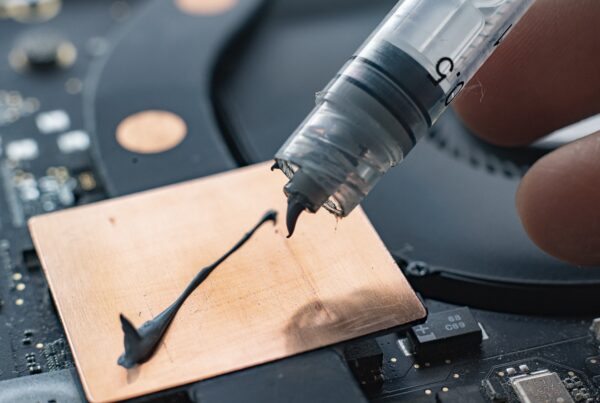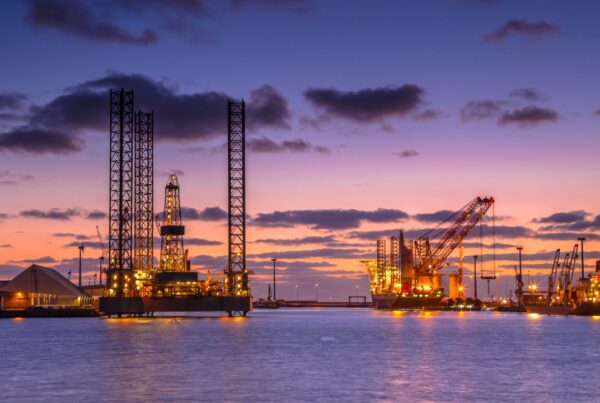
How Krytox ™ Performance lubricants can reduce component failures and extend vehicle life
In the 1960s the average air temperature under the hood was below 100°C. In the early 2000s it exceeded 120 ° C, and today operating temperatures can approach 200 ° C. Finding a lubricant that can withstand rising temperatures and harsh conditions for an extended period is critical to optimal vehicle performance.

High-performance lubricants, such as perfluoropolyethers (PFPEs), excel under these conditions, creating a ripple effect: reduced component failures, extended vehicle life, reduced warranty claims, improved quality and customer loyalty, and increased profitability.

Understanding the challenges of temperature and performance
Temperatures of the interior andunder the hood (under the hood) vary significantly, from -50°C to nearly 200°C, and many applications generate additional heat above the ambient temperature. Over time, these extreme temperatures can cause lubricants to degrade, leading to component failures.
For example, most standard mineral-based greases begin to oxidize and degrade just above 100°C. Synthetic lubricants (e.g., esters and polyalphaolefins) can survive higher temperatures, but PFPE lubricants offer the highest performance, withstanding temperatures above 300°C.

Lubricant performance also varies significantly with loads, speeds and environmental conditions, including exposure to hazardous chemicals, fuel and other materials.
During a standard bearing endurance test (ASTM D-3336) at 10,000 rpm, petroleum-based greases lasted only a few hundred hours, while a PFPE grease lasted more than 25,000 hours.
Given the exceptional performance capabilities of each lubricant, understanding the strengths and weaknesses of each class of lubricants can help maximize performance.
Speciality Lubricants in Automotive
Here is an overview of the capabilities of automotive lubricants

Perfluoropolyethers (PFPE)
PFPEs are a class of synthetic lubricants used in demanding applications because of their combination of physical and chemical properties. PFPEs offer excellent thermal and chemical stability, low volatility and unparalleled lubricity at extreme temperatures. PFPEs are the ideal lubricant when high performance is required in an extreme environment and can also be the correct lubricant for applications requiring other properties, such as chemical inertness and extreme pressure capability. Vehicle warranties can generally be extended because of the long-lasting performance of these lubricants.
Minerals
Mineral lubricants offer excellent hydrolytic stability and good seal material compatibility, lubricity capacity and toxicity. However, mineral lubricants provide poor fire resistance and only moderate thermal and oxidation stability.
Polyalphaolefins (PAO)
PAO lubricants boast excellent stability and hydrolytic toxicity, as well as above-average oxidation stability, volatility, seal compatibility and lubricity. However, the lubricant has limited capabilities at extreme temperatures, with moderate thermal stability and poor fire resistance.
Diesteri
Diester lubricants offer good thermal, oxidative and hydrolytic stability, as well as above-average lubricity, toxicity and volatility. However, the lubricant has only moderate fire resistance and poor seal material compatibility.
Polyol esters
Polyol ester-based lubricants have similar performance capabilities to diesters, but with better hydrolytic stability, slightly stronger thermal stability and overall lubricity.
Silicones
Silicone lubricants have good chemical inertness, thermal stability and low volatility, making them a good choice of lubricants for certain applications. However, their lubricating film-forming ability is low; and, as a result, silicone lubricants do not withstand too high loads.
In this fascinating paper, Krytox ™, the leading expert in automotive lubrication, draws on its years of experience to examine how OEMs and Tier 1 manufacturers can get the most out of the latest lubrication to achieve their goals




